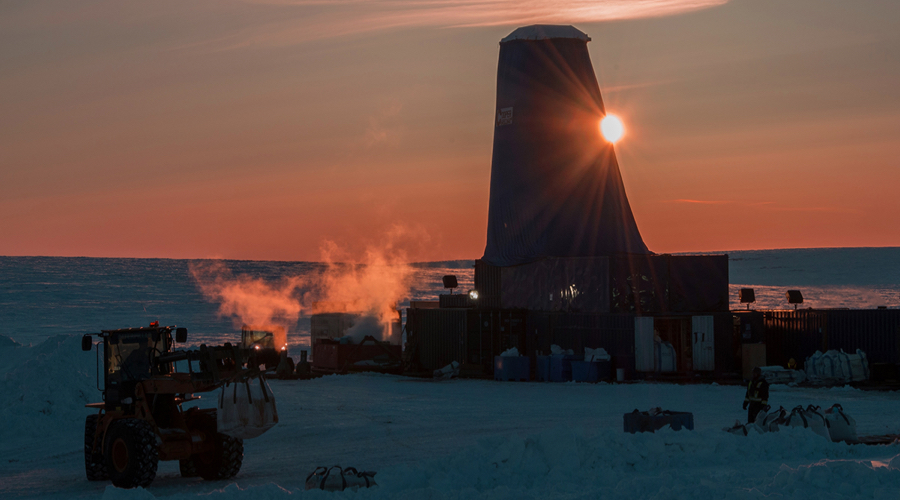
Undeterred by transportation challenges at its northern Canadian diamond property, Peregrine Diamonds is about to open its wallet for the next phase of exploration.
Vancouver-based Peregrine (TSX:PGD) wants to be the next diamond mine in Canada to churn out high-value gems, following in the footsteps of two diamond mines in the Canadian north that have opened recently: Gahcho Kué in the Northwest Territories and the Renard mine in northern Quebec.
But earlier this year Peregrine president Tom Peregoodoff called attention to the need for building a $95 million, 160 km all-weather road to Iqaluit, the mine’s closest town.
Peregrine is basing its exploration program on the results of a technical report released in June that showed a significant increase in the size of the mineral resource.
“The road in is a critical piece of infrastructure and we need that prior to commencement of construction to minimize our construction capital costs,” Peregoodoff, said in July.
Other diamond mines in Canada’s north, such as Ekati and Diavik, are supported by ice roads which operate eight to 10 weeks out of the year. After that, it’s mostly game over for the season.
But Peregoodoff indicated that exploration could take place this winter by utilizing a winter trail that is currently accessible to hunters and recreational users.
Nunatsiaq News reports that Peregrine Diamonds has asked the City of Iqaluit to groom a road that would allow the company to access the Iqaluit-Chidliak trail. Currently the only access to the project, located on southern Baffin Island, is by fixed-wing aircraft or helicopter.
That would allow Peregrine to spend $15-$17 million to conduct bulk sampling, core drilling and prefeasibility studies, Peregoodoff told the city council on Nov. 22.
The company has so far spent about $23 million in Nunavut on the project, having prospected around Chidliak since 2003.
Earlier this year Peregrine produced a preliminary economic assessment (PEA) which outlined 74 kimberlite pipes, of which 45 are known to contain diamonds.
According to the PEA, two of those kimberlites – CH-6 and CH-7 – have been adequately sampled and explored to delineate an inferred resource estimate. Material from CH-6 and CH-7 would be open-pit mined, generating 7.1 million tonnes of processing plant feed and 51 million tonnes of waste. Over its 10-year life, the Chidliak mine is expected to yield about 11.6 million carats at an average grade of 1.67 carats per tonne, according to the report. Capital costs are in the order of $486 million.
Peregrine is basing its winter exploration program on the results of a technical report released in June that showed a significant increase in the size of the mineral resource.
Exploration will start in February and continue until spring, according to Nunatsiaq News.